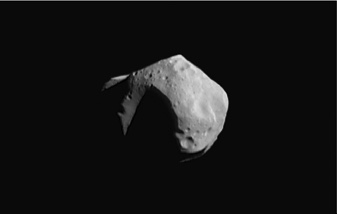Astrometry 2
The purpose of this second exercise is to evaluate the quality of the astrometries you obtained from the work performed in the previous lesson.
INSTRUCTIONS TO EVALUATE THE QUALITY OF THE ASTROMETRIES OF ASTEROIDS USING THE SOFTWARE FIND_ORB
1) In this first step you will download astrometries for the following objects:
583 Klotilde
907 Rhoda
1334 Lundmark
1794 FINSEN
2381 Landi
- Search for them in: http://www.minorplanetcenter.net/db_search
In the "Data about an object:" slot enter the asteroid name.
Download the file indicated "These data are available for download" from "Observations".
- Paste all the observations from the same asteroid in a txt file.
- Delete all the observations from MPC 821 older than six months or more recent than the observations you have.
- Save the data in a file with the following name: LastName_FirstName_observations_XXXXX.txt
replacing XXXXX with the corresponding asteroid’s name.
2) Copy all the astrometries you performed for Lesson 7.
- Paste them after the observations obtained following point 1) in your corresponding txt file.
Save the files.
Install the software Find_Orb: http://www.projectpluto.com/find_orb.htm . Click on "Downloads" to download the file to your computer (notice if you are running crossover for Mac download the 32 bit version).
4) After downloading and installing the file run it and
- Open LastName_FirstName_observations_XXXXX.txt
- Select "All perturbers Off" and repeat a few times "Full step" until the mean residuals don’t vary any longer.
- Verify that all residuals in RA y DEC from your astrometries from MPC 821, are lower than 1 arcsecond. If you have some residuals larger than that discuss what could be the origin and interpret the result.
- Save the report by clicking on "Save Residuals.."
Lesson 8

253 Mathilde, a C-type asteroid measuring about 50 kilometers (30 mi) across, covered in craters half that size. Photograph taken in 1997 by the NEAR Shoemaker probe. (from Wikipedia).